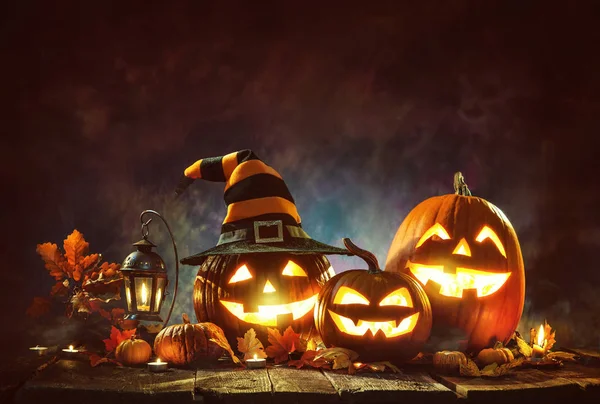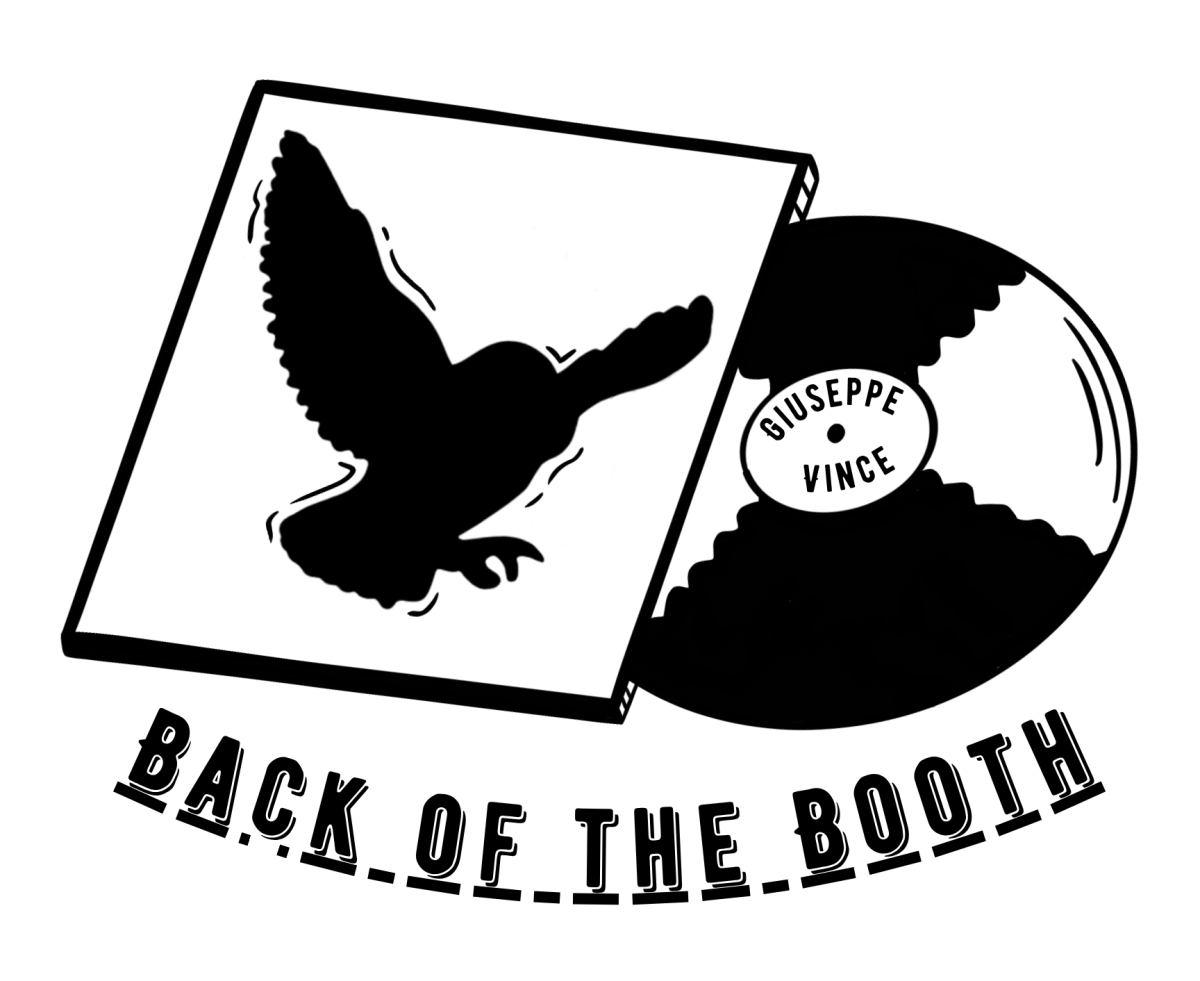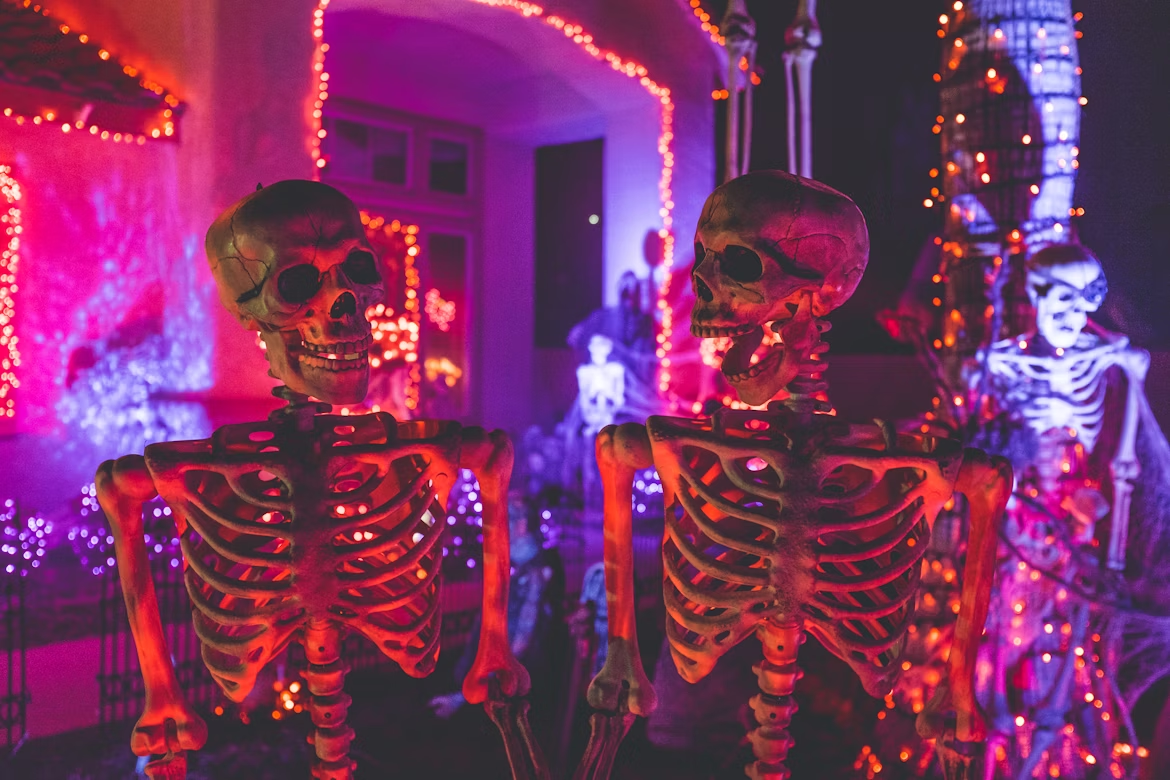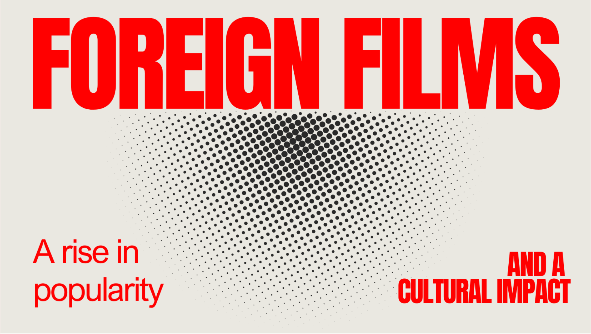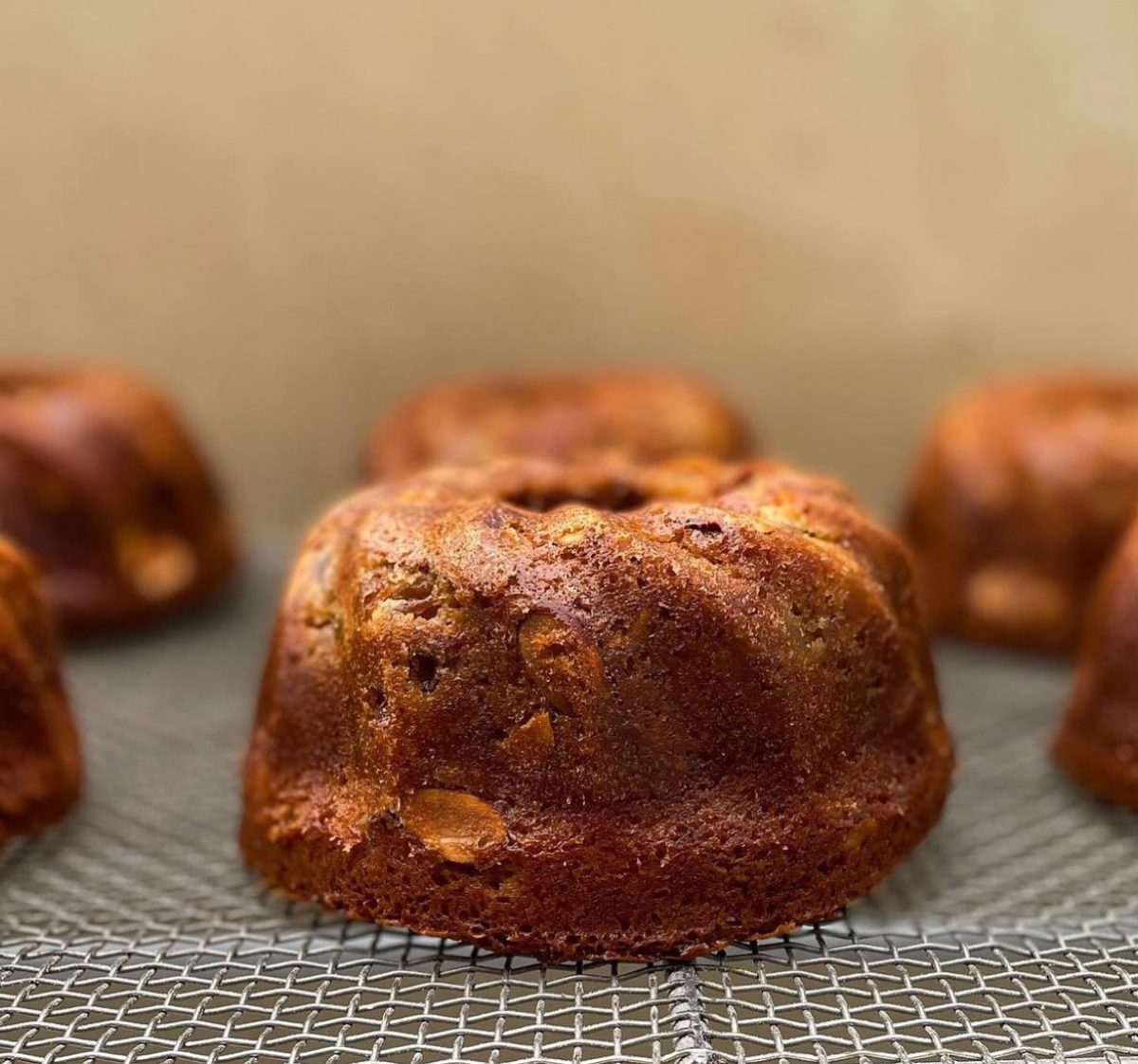Halloween is a holiday beloved by many. With trick-or-treating, pumpkin carving, decorations, costumes and more, Halloween is fun for people of all ages. But these unique traditions are more than just candy and entertainment. They have historical and cultural significance going back centuries.
The origins of Halloween can be traced back around 2000 years ago to the ancient Celtic festival called Samhain. The Celts believed that on the night of October 31, the line between the living and the dead blurred, so spirits could roam freely. To keep the ghosts away, people would light bonfires and wear animal skins as costumes. As time went on and Christianity spread, November 1st became All Saints’ Day to honor saints. The night before turned into All Hallows’ Eve, which we now know as Halloween.
As Halloween evolved, it absorbed various customs, especially from Irish immigrants in the 19th century. They would carve potatoes and turnips with scary faces because of an Irish myth about a man named Stingy Jack. He passed away and wasn’t allowed into heaven or hell, so his soul wandered the earth and they would carve turnips to scare him away. After coming to North America, they thought pumpkins were better for carving into jack-o’-lanterns, which is how we have the tradition we do today.
Another popular Halloween tradition, trick-or-treating, has also evolved a lot to become what it is today. During Samhain, people would leave food out to appease wandering spirits. It was believed that if the spirits were satisfied, they wouldn’t haunt the living. As time went on, people began to dress up in costumes and go door to door asking for treats instead of leaving them out.
As years pass, the holidays we know and love continue to gradually evolve to have new traditions and aspects. Halloween is no different, and is rooted in history further back than some may think.


